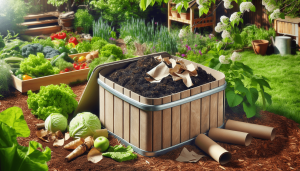In the world of composting, nothing is more frustrating than a stubborn pile that refuses to heat up. We’ve all been there, scratching our heads and wondering what went wrong. Is it too wet? Too dry? Maybe we didn’t balance the greens and browns correctly? In our article “Why Is My Compost Pile Not Heating Up?”, we’ll uncover the common issues that keep our compost from reaching its full, glorious potential. We’ll explore troubleshooting tips and provide practical solutions to get our compost pile back on track to becoming rich, fertile soil. Together, let’s dive into the science of composting and turn our lifeless heap into a thriving, hotbed of decomposition! Why is our compost pile not heating up?
We’ve all been there. We excitedly start our compost pile, diligently adding kitchen scraps and yard waste, only to find that it’s not heating up as expected. The process of composting should convert our organic waste into nutrient-rich soil, but without the right conditions, it can feel like things are moving at a snail’s pace. So, what gives?
To understand why our compost pile may not be heating up, we need to dive into the science behind composting, examine common mistakes, and explore solutions to get that compost pile cooking. Sound good? Let’s dig in!
The Science of Composting
How Composting Works
Composting is a natural process where microorganisms break down organic matter into humus—a rich, dark soil. The decomposition process, when conditions are optimal, generates heat. Microorganisms like bacteria, fungi, and actinomycetes thrive in a balanced environment, creating energy that manifests as heat.
The Role of Microorganisms
Microorganisms are the unsung heroes of composting. These tiny creatures break down our food scraps and yard waste through metabolic processes. If we give them the right environment, they’ll flourish, keeping the pile hot and the decomposition process moving swiftly.
Optimal Temperature Ranges
For composting to occur rapidly, temperatures should ideally range between 135°F to 160°F. These high temperatures not only expedite the breakdown but also kill off weed seeds and harmful pathogens. Achieving and maintaining this heat indicates that our compost pile is balanced and active.
Common Reasons for a Cold Compost Pile
So, why isn’t our compost pile heating up? Let’s explore some frequent culprits behind a tepid compost heap.
Lack of Nitrogen
Nitrogen acts as fuel for the microorganisms in our compost. Without enough nitrogen, these microorganisms struggle to thrive, leading to a slower decomposition process and reduced heat.
Insufficient Oxygen
Oxygen is crucial for aerobic composting. Poor aeration can cause the pile to become anaerobic, which not only slows down decomposition but can also produce unpleasant odors.
Low Moisture Content
Water is essential for the survival of composting microorganisms. A pile that’s too dry will stall because the microorganisms cannot function properly.
Improper Mix of Brown and Green Materials
Composting requires a good balance of carbon-rich brown materials (like dried leaves) and nitrogen-rich green materials (like vegetable scraps). An imbalance can disrupt the composting process.
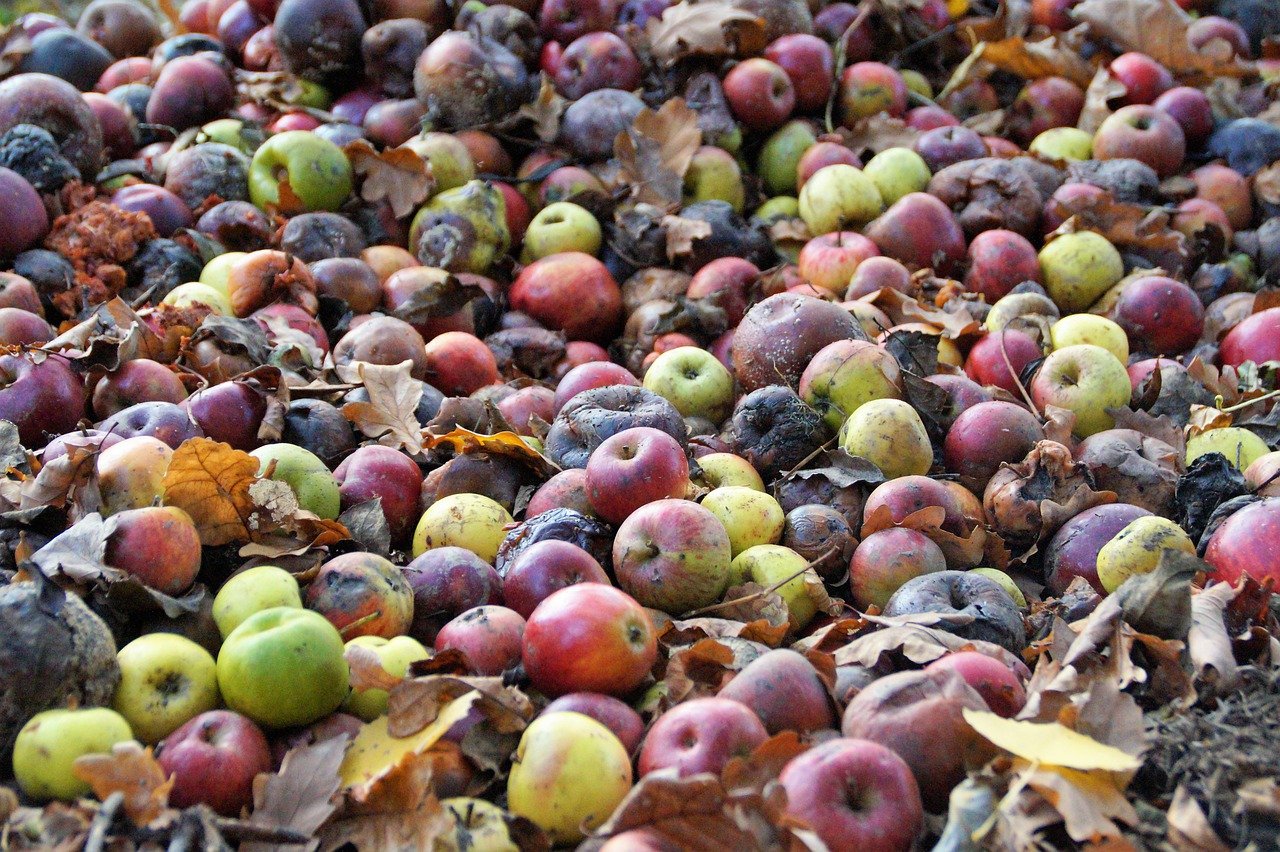
Troubleshooting Your Compost Pile
Now that we’ve identified some common issues, let’s look at actionable steps we can take to troubleshoot and resolve them.
1. Boosting Nitrogen Levels
We can boost nitrogen levels by adding more green materials to our compost pile. Green materials include kitchen scraps, grass clippings, and coffee grounds. If adding kitchen waste seems insufficient, we might consider nitrogen-rich amendments like blood meal or alfalfa meal.
| Green (Nitrogen-Rich) Materials | Brown (Carbon-Rich) Materials |
|---|---|
| Vegetable Scraps | Dried Leaves |
| Grass Clippings | Straw |
| Coffee Grounds | Shredded Paper |
| Manure (from herbivores) | Sawdust (Untreated) |
2. Improving Aeration
If our pile lacks oxygen, we should aerate it by turning. Using a pitchfork, we should turn the pile every week or so. Adding bulky materials like straw or wood chips can also help enhance airflow.
3. Adjusting Moisture Levels
We should assess the moisture content of our compost pile. It should feel like a wrung-out sponge—damp but not waterlogged. If it’s too dry, we can add water as we turn the pile. Conversely, if it’s too wet, we should add more dry brown materials and turn it to improve aeration.
4. Balancing Brown and Green Materials
Creating a balanced compost pile involves layering brown and green materials. An effective ratio is roughly 3 parts brown to 1 part green. This balance helps generate the right levels of carbon and nitrogen, promoting an optimal environment for our microorganisms.
Monitoring and Maintaining Our Compost Pile
Maintaining an active compost pile requires consistent monitoring and adjustments. Here’s what we should keep an eye on:
Regular Temperature Checks
Using a compost thermometer, we should regularly check the temperature of our pile. If it starts to drop, we can troubleshoot immediately by addressing aeration, moisture, and the balance of materials.
Moisture Assessment
Frequent moisture checks are crucial. If the pile is too dry or too wet, making small adjustments can prevent bigger problems down the line.
Observing Smell
A well-maintained compost pile should have an earthy smell. Any foul odors could indicate anaerobic conditions, suggesting it’s time for more turning or adjustments in the balance of materials.
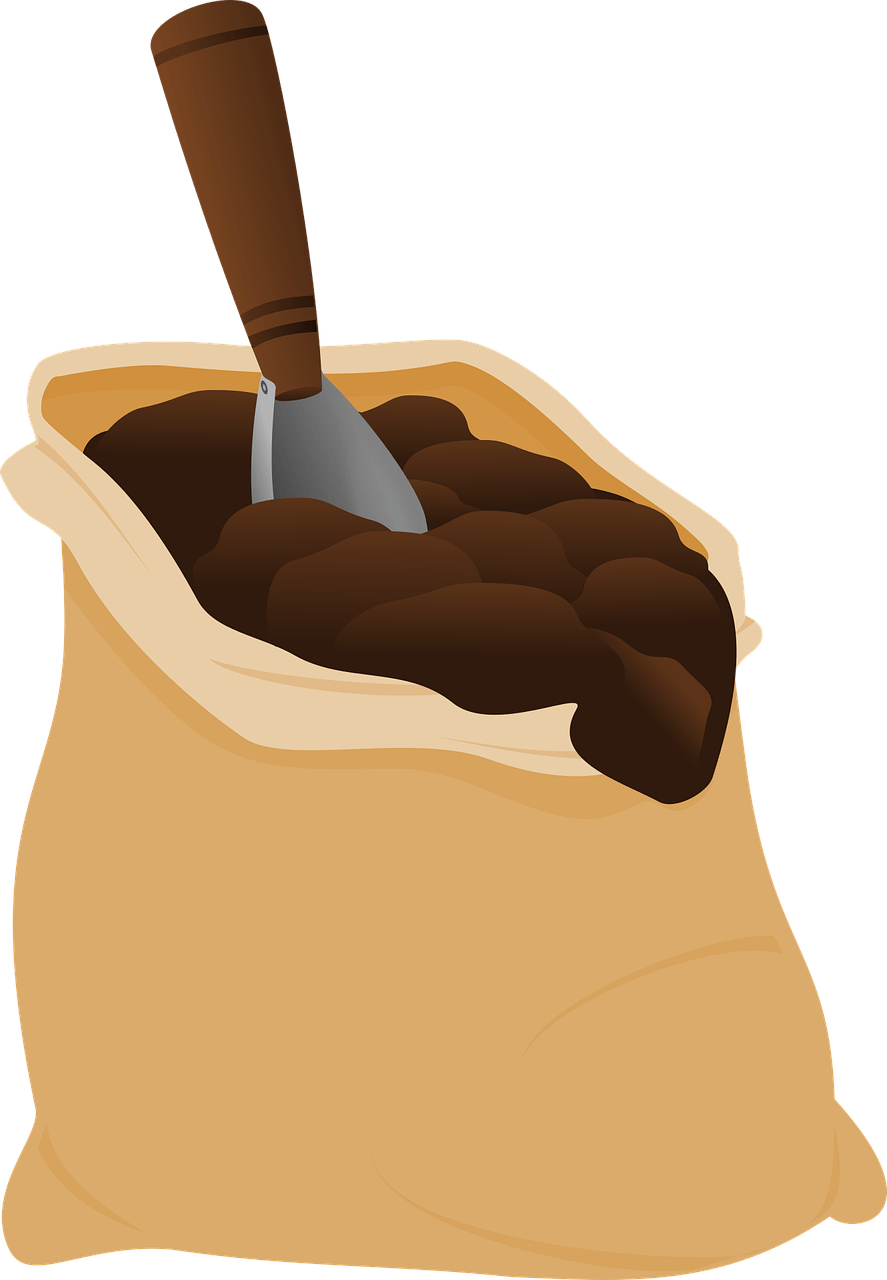
Advanced Composting Techniques
For those of us ready to take our composting to the next level, advanced techniques can help maintain optimal conditions or speed up the process.
Hot Composting Method
To achieve faster results, we can practice hot composting. This method involves frequent turning (every 1-2 days) combined with maintaining the correct moisture and material balance. By keeping our pile actively aerated, we can reach higher temperatures, speeding up decomposition.
Using Compost Accelerators
Compost accelerators, available at garden centers, contain high concentrations of microorganisms and nutrients that can kickstart and sustain the composting process. Incorporating these into our pile can provide a beneficial boost.
Building Multiple Piles
Creating multiple compost piles can streamline our process. We can have one active pile and one curing pile. While one pile is actively composting, the other can be left to mature, ensuring we always have a steady supply of compost.
Common Myths About Composting
Sometimes misconceptions can lead us astray. Let’s dispel some common myths about composting that might be holding us back.
Myth 1: Composting Is Smelly
While poorly managed piles can produce odors, a well-maintained compost pile should smell earthy. If it smells bad, it’s telling us something is off balance, such as the need for more browns or better aeration.
Myth 2: Composting Is Too Complicated
Composting can be as simple or as advanced as we want to make it. With a basic understanding of balance, moisture, and aeration, we can manage a productive compost pile without much fuss.
Myth 3: All Food Waste Can Be Composted
Not all food waste is created equal. We should avoid composting meat, dairy, and oily foods, which can attract pests and create odors. Stick to plant-based kitchen scraps for a hassle-free composting experience.
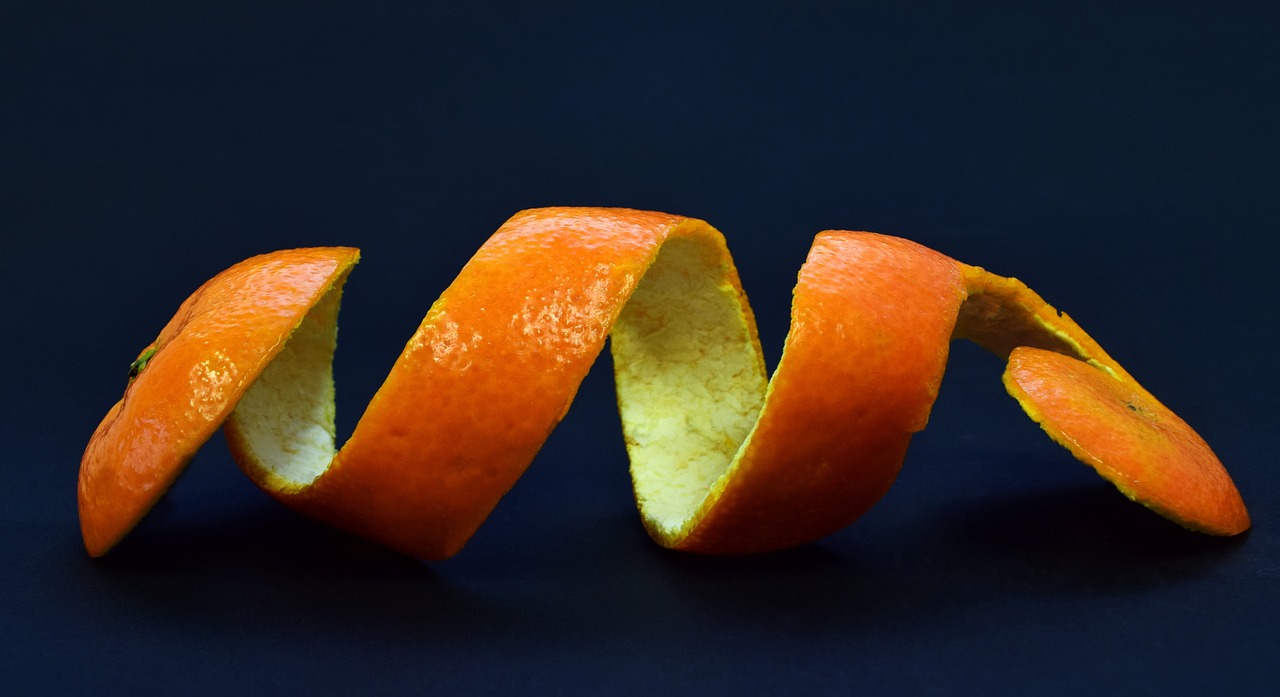
Benefits of a Properly Heated Compost Pile
When we get our compost pile heating up properly, the benefits are plentiful. Here’s why striving for that optimal temperature is worth the effort.
Faster Decomposition
A hot compost pile breaks down organic matter much faster than a cold one. This means we’ll have usable compost in a shorter time frame.
Pathogen Control
High temperatures help kill off harmful pathogens, ensuring our compost is safe to use in our gardens where we grow food.
Weed Seed Destruction
Those pesky weed seeds that sneak into our yard waste can be effectively killed off in a hot compost pile, saving us from future weeding headaches.
Improved Nutrient Quality
Hot composting often results in a more nutrient-rich end product, providing our plants with better nourishment and improving soil structure.
Starting from Scratch: Building a New Compost Pile
If our current compost pile seems beyond saving, it might be time to start fresh. Here’s a step-by-step guide to building a new compost pile designed for success.
Step 1: Choose the Right Location
Select a well-drained, flat location with good air circulation. Avoid low-lying areas that might collect water and turn our compost pile into a soggy mess.
Step 2: Create the Base
Start with a layer of coarse materials like sticks, straw, or chopped woody matter. This base layer promotes drainage and airflow, setting the stage for an active pile.
Step 3: Layering Materials
Alternate brown and green materials in layers, aiming for a rough 3:1 ratio. Each layer should be a few inches thick. The browns add carbon, and the greens add nitrogen, keeping our microorganisms fed and happy.
Step 4: Watering and Turning
After adding new layers, water the pile to ensure it’s moist, but not soggy. Turn the pile regularly to keep it aerated and to distribute moisture evenly.
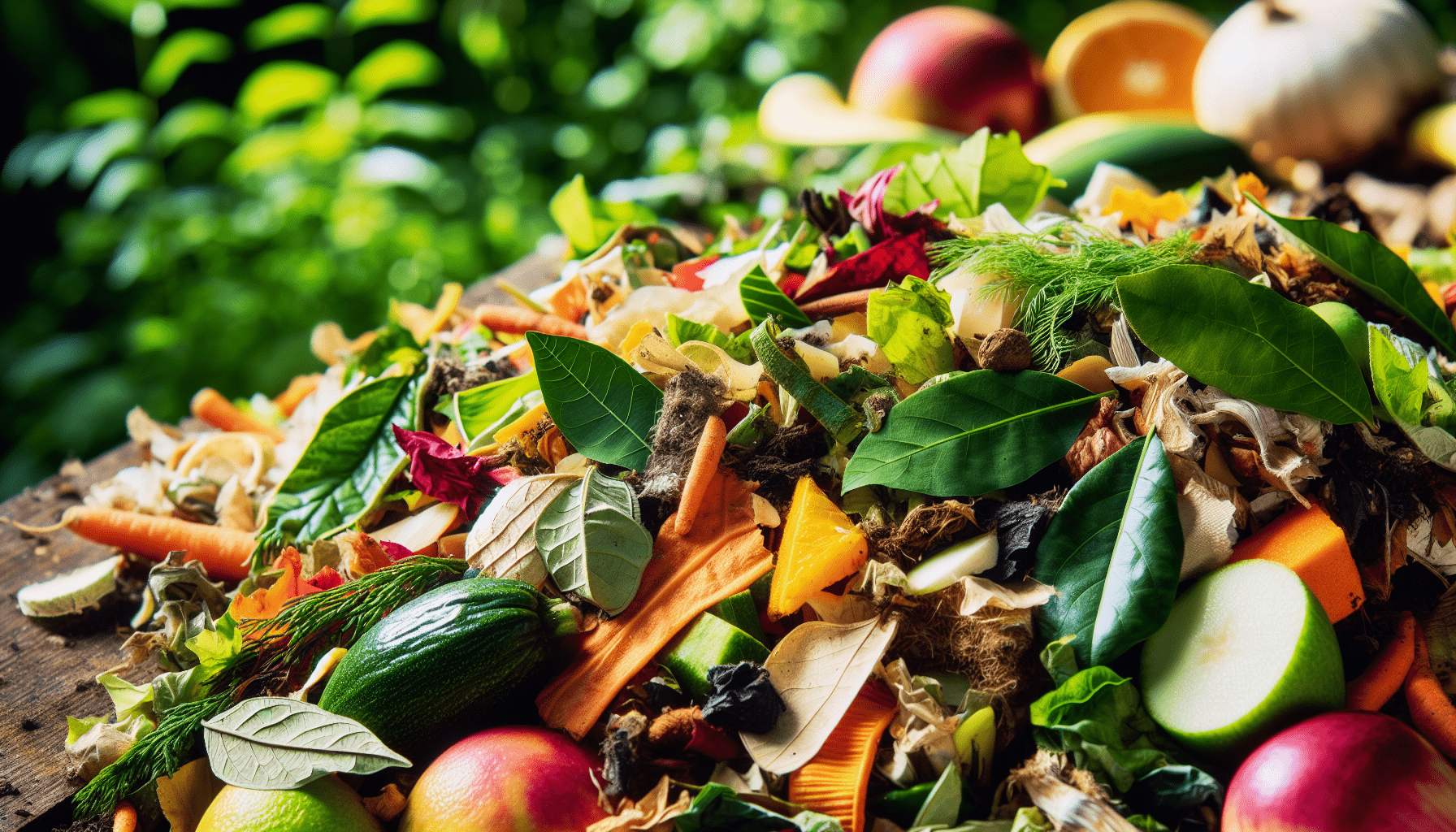
Composting Troubleshooting FAQ
Still have questions? Let’s address some common questions that pop up during the composting process.
Why is my compost pile too wet?
Excess moisture can be due to too many green materials or heavy rainfall. We can fix this by adding more brown materials and turning the pile to improve aeration.
What should I do if my pile smells bad?
A bad smell is often a sign of anaerobic conditions. To remedy this, we should turn the pile more frequently and ensure it contains enough brown materials to balance high-nitrogen content.
How do I keep pests out of my compost pile?
Avoid adding meat, dairy, and oily foods. Making sure the pile is correctly balanced and aerated can also deter pests. Additionally, using a compost bin with a secure lid can help keep critters at bay.
Conclusion
Creating and maintaining a hot compost pile is a rewarding endeavor that benefits our garden and the environment. By understanding the science behind composting and knowing how to troubleshoot common issues, we can transform our organic waste into black gold with ease. Let’s keep turning, watering, and balancing our compost, and soon enough, we’ll be harvesting rich, nutrient-dense compost for our gardening needs. Happy composting!


